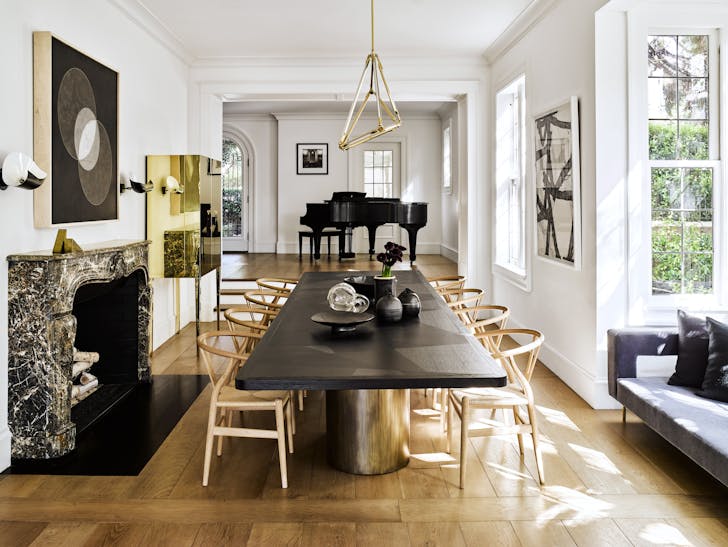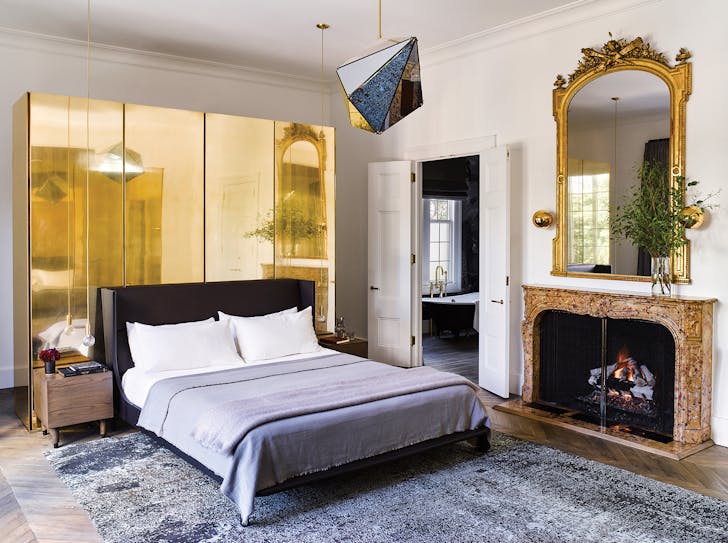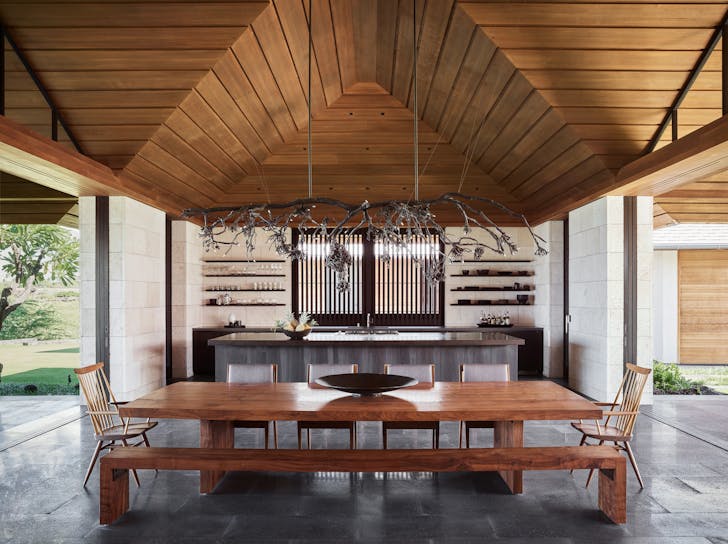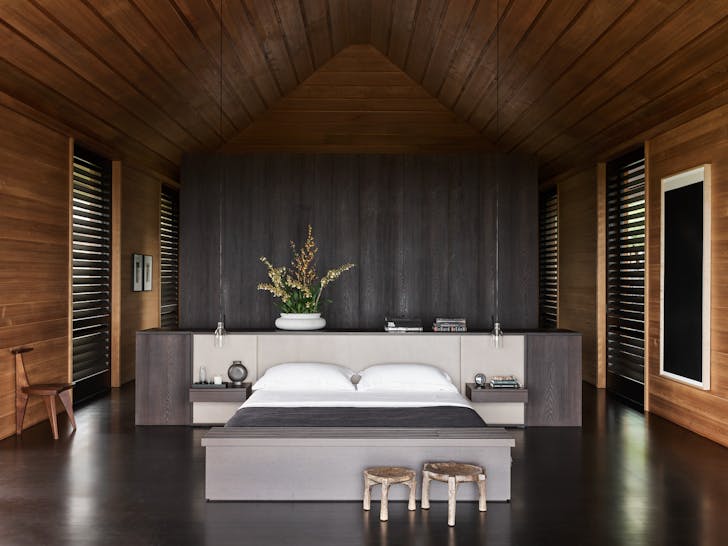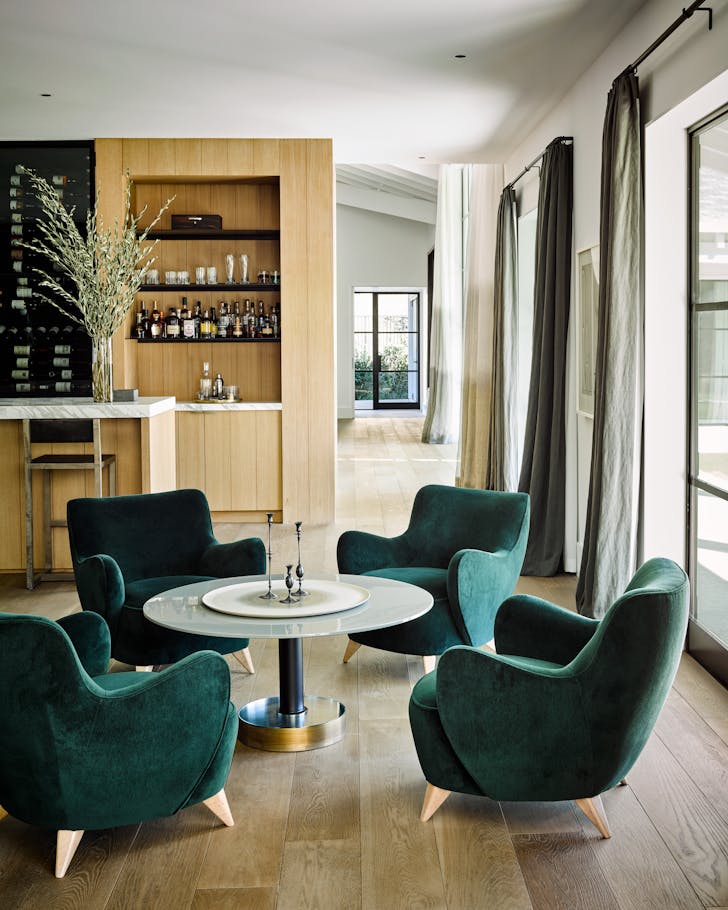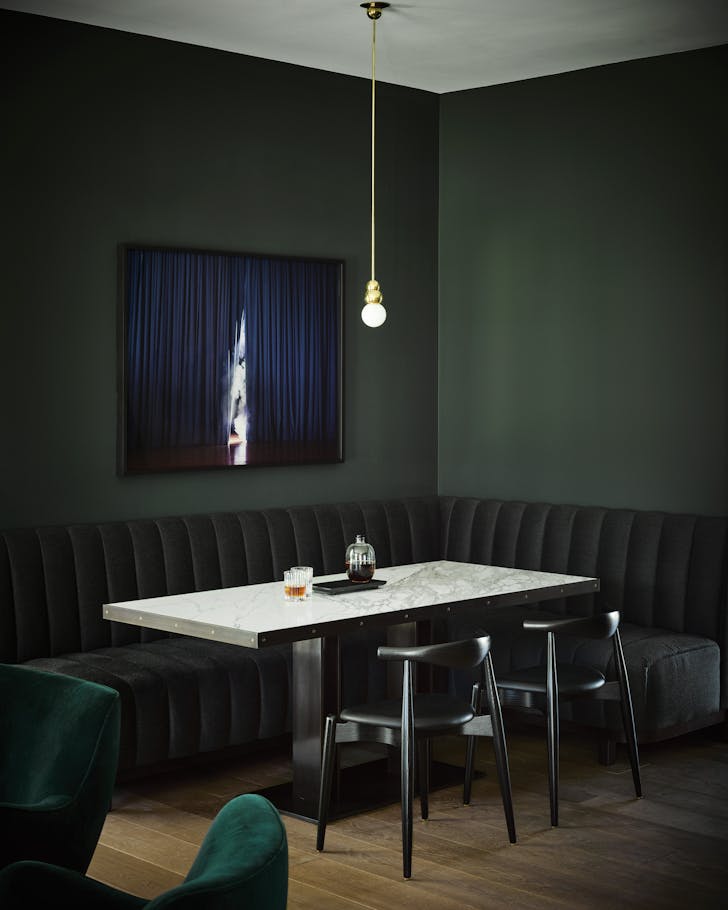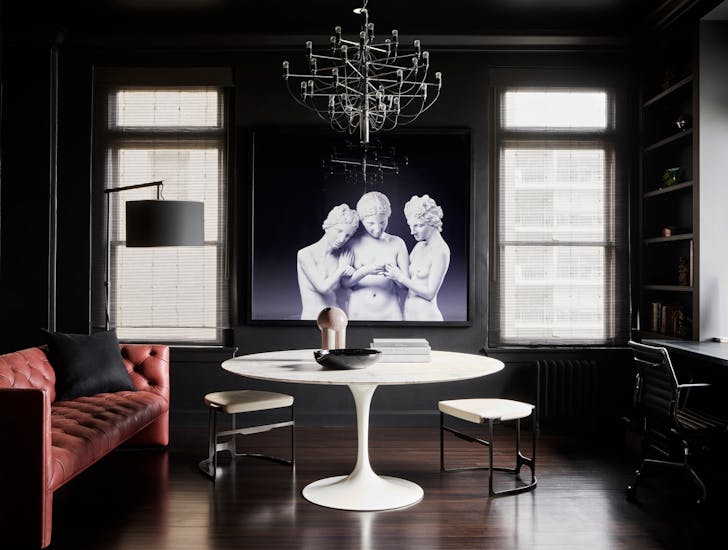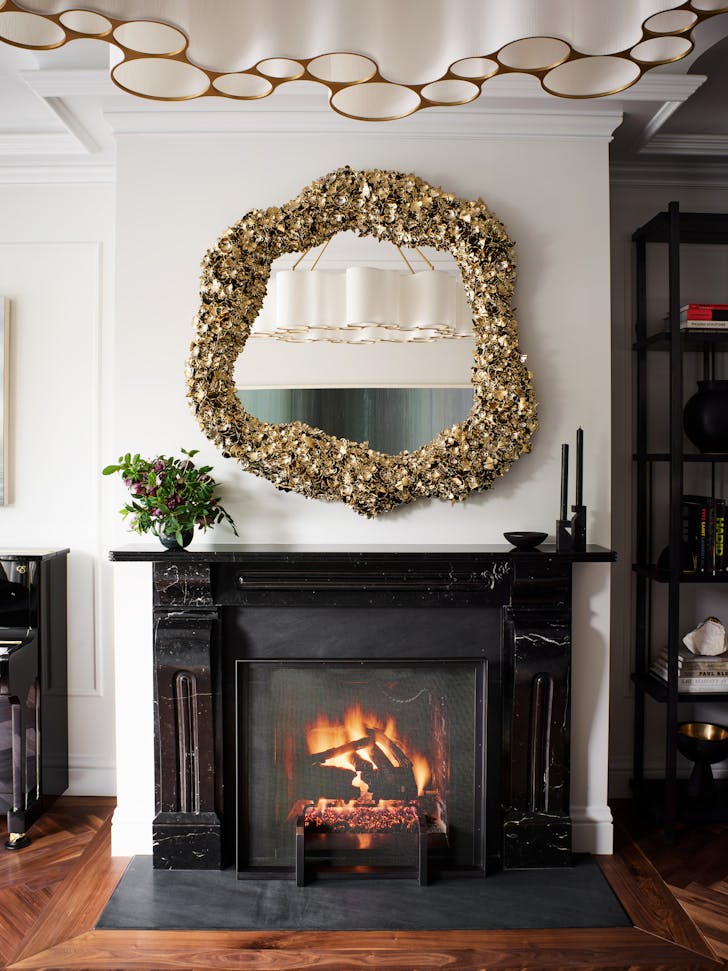[ad_1]
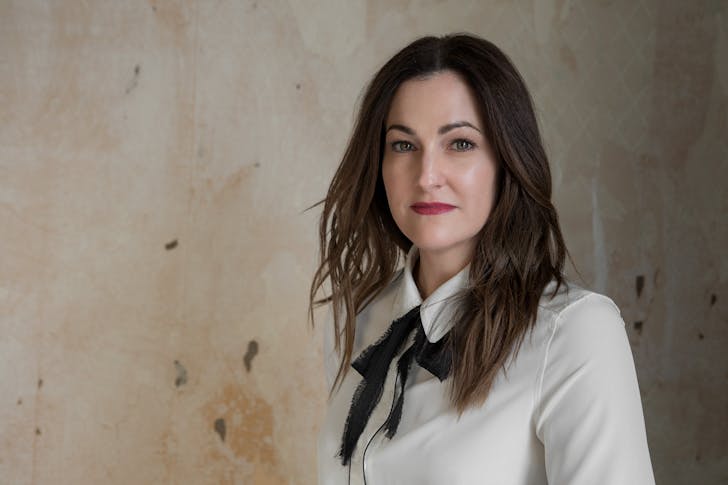
Nicole Hollis, Creative Director and Founding Principal of the design firm NICOLEHOLLIS. Photo: Laure Joliet. All images courtesy of NICOLEHOLLIS.
For the latest episode of our Studio Snapshot series, Archinect connected with Nicole Hollis, Founding Principal and Creative Director of award-winning design firm NICOLEHOLLIS. Established in 2002 and run in partnership with her husband, CEO Lewis Heathcote, the San Francisco-based practice has grown into a household name in the world of luxury residential, hospitality, and product design.
Hollis opens up about the firm’s guiding principles when accepting new commissions, key qualities in new hires, the challenges her team went through during the pandemic, and the advice she has for young professionals hoping to pursue an interior design career.
Can you tell us how NICOLEHOLLIS was founded?
In 2002, my husband and I set up our firm in our apartment. I never imagined what it would become but focused on working with the best and most collaborative architects, builders, craftspeople, and artists, which continues to guide our company’s growth.
How many people are currently employed at your studio? How is your office structured?
We have roughly 100 employees. Our hospitality and residential design studios have separate interior architecture and furnishings sub-studios working in parallel. They’re supported by numerous operations, HR, accounting, procurement, art direction, graphic design, custom furniture design, and engineering teams.
Besides California, where your studio is located, a lot of your projects are in Hawaii. What are some of the lessons learned when working on out-of-state commissions?
We work nationally and internationally, and one thing I have learned is that nothing replaces a site visit. It’s vital to understand the site and setting.
Our hospitality and residential design studios have separate interior architecture and furnishings sub-studios working in parallel.
Getting to know the builder and meeting them on their level is also essential, and we strive to fully understand their capabilities and strengths. It has to be a strong team, and there needs to be trust, or it will not be a successful project.
Clear communication is also paramount. We have weekly video-conference meetings as well as weekly progress updates on construction for every project.
Would you like to scale up and grow your team? What do you consider the ideal size for your practice?
We have focused on creating a team of the best design professionals with integrated and complementary skill sets to focus on the needs of our clients. As our clients’ needs grow, so our team has grown, too.
Which key qualities do you look for in new hires?
Integrity, attention to detail, follow-through, great attitude, and a collaborative spirit.
What have been the biggest challenges starting and running your own practice?
It’s important to hold true to your guiding principles and focus on obtaining the work you want, not simply take the work that is easily available but doesn’t meet your quality threshold.
What challenges have you faced during the past pandemic years? Have you sensed a return to “business as usual?”
We found that once the shock of work-from-home settled in, our firm’s production didn’t fall in numeric terms. Inspiration and creativity suffered, however, and as things have opened up, in-studio collaboration, personal travel, artists’ studio visits, and jobsite visits have begun to raise everybody’s spirits.
It’s not enough to communicate an idea in 2D anymore. Now, concepts need to be shown in 3D and virtual reality.
As an interior design expert, what advice would you give a young designer or student interested in pursuing a career in interior design?
It’s not enough to communicate an idea in 2D anymore. Now, concepts need to be shown in 3D and virtual reality. Learning the computer skills needed for 3D modeling and rendering, as well as VR capabilities, is the direction design is going.
Describe your work. How do you define your own unique style and approach?
Restraint.
Do you have a favorite project? Completed or in progress.
Not a single favorite, no. Our projects take years and within each, I’ve had profound experiences.
If you could describe your work/practice in three words, what would they be?
Listen, learn, create.
[ad_2]
Source link

